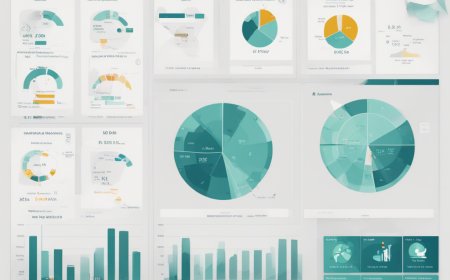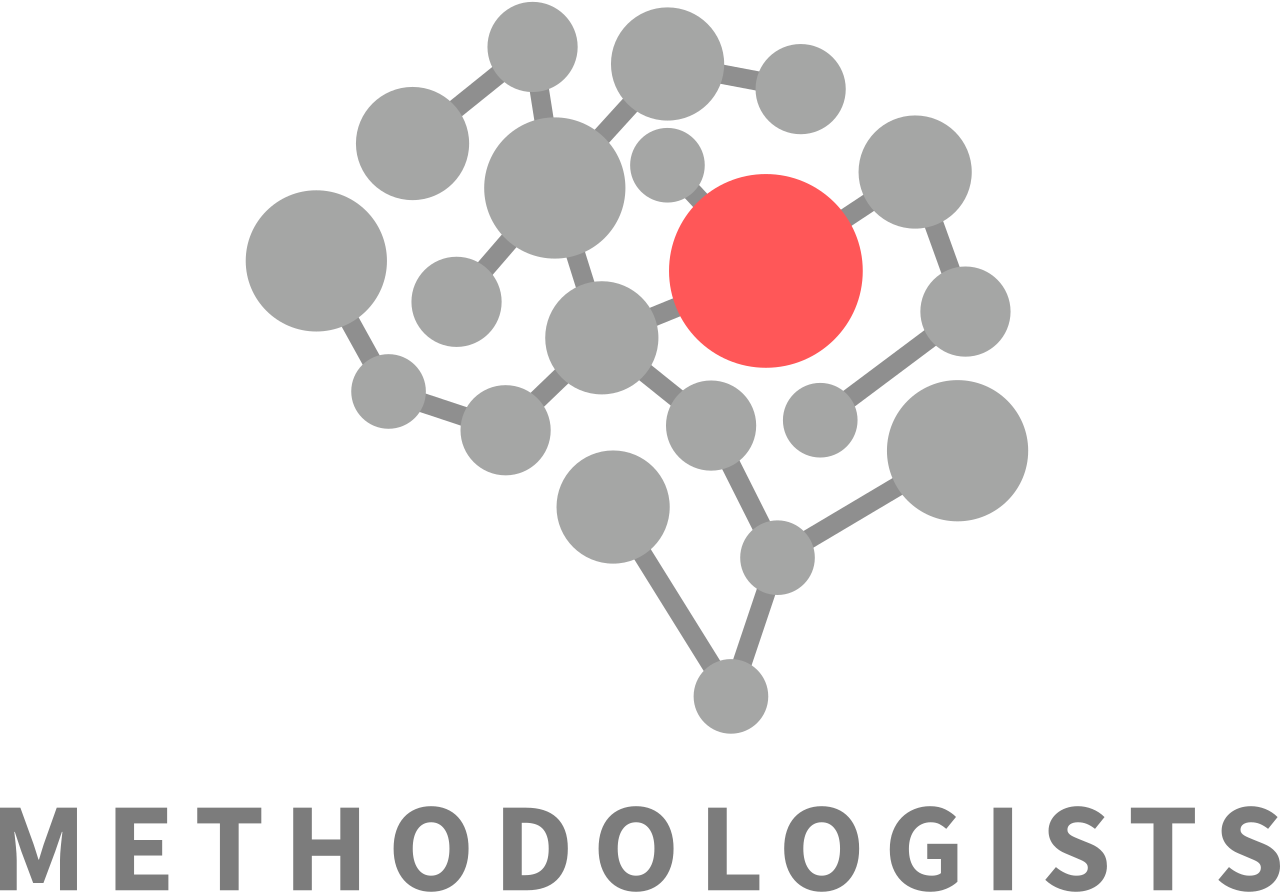Unraveling the Power of Integrating Mixed Methods Research: A Comprehensive Guide for Data Analysis and Interpretation
Discover the benefits of integrating mixed methods research for comprehensive data analysis and interpretation, and learn how combining qualitative and quantitative approaches can enhance your understanding of complex phenomena.

Unraveling the Power of Integrating Mixed Methods Research: A Comprehensive Guide for Data Analysis and Interpretation
In the vast world of research, two primary methods dominate the landscape: qualitative and quantitative research. Each approach has its strengths and weaknesses, but what if we could tap into the power of both? Enter mixed methods research, a powerful approach that integrates both qualitative and quantitative techniques to provide a comprehensive understanding of complex phenomena. In this article, we'll explore the benefits of integrating mixed methods research and discuss how it can lead to more robust data analysis and interpretation.
Understanding the Two Sides of the Research Coin: Qualitative and Quantitative Approaches
Before diving into the world of mixed methods research, let's briefly review the two primary approaches it integrates:
1. Qualitative research: focuses on exploring the meaning, understanding, and interpretation of human experiences, behaviors, and social phenomena. It employs methods such as interviews, focus groups, observations, and content analysis to gather rich, in-depth data that can provide valuable insights into the nuances of a given topic.
2. Quantitative research: emphasizes the measurement and analysis of variables, relationships, and patterns in numerical data. It relies on statistical techniques and structured instruments such as surveys, questionnaires, and experiments to collect and analyze data, producing results that can be generalized to a larger population.
Both approaches offer unique benefits and limitations. While qualitative research provides depth and context, it can be subjective and difficult to generalize. On the other hand, quantitative research offers objectivity and generalizability but may overlook the richness and complexity of human experiences.
The Power of Integration: Combining Qualitative and Quantitative Approaches
Mixed methods research brings together the strengths of qualitative and quantitative approaches in a single study, allowing researchers to address complex research questions more comprehensively. By combining these approaches, mixed methods research can:
1. Enhance the validity and reliability of findings: By gathering different types of data through multiple methods, researchers can compare and triangulate results, increasing the trustworthiness of their conclusions.
2. Provide a more complete understanding of the research problem: Mixed methods research can explore various aspects of a phenomenon, capturing both the "what" (quantitative) and the "why" (qualitative), resulting in a more holistic understanding.
3. Facilitate the discovery of new insights: Combining qualitative and quantitative data can reveal patterns, relationships, and insights that might have been missed if only one approach was used.
4. Enable the development of more effective interventions and solutions: Mixed methods research can provide robust evidence to inform the design, implementation, and evaluation of interventions, policies, and programs aimed at addressing complex issues.
Strategies for Integrating Mixed Methods Research
There are several strategies for integrating qualitative and quantitative approaches within a mixed methods research design:
1. Sequential design: In this approach, one method is conducted first, followed by the other. For example, a researcher might begin with a qualitative phase to explore participants' experiences and then use these findings to inform the development of a quantitative survey to measure the prevalence of the identified themes.
2. Concurrent design: This strategy involves collecting and analyzing both qualitative and quantitative data simultaneously. Researchers may use this approach to compare and contrast findings from the two methods or to examine different aspects of the research question.
3. Embedded design: In this approach, one method is embedded within the other to address a specific aspect of the research question. For example, a researcher might include a qualitative component within a larger quantitative study to explore participants' perceptions and experiences related to the main quantitative findings.
Tips for Conducting Mixed Methods Research
If you're considering embarking on a mixed methods research project, here are some tips to help ensure the successful integration of qualitative and quantitative approaches:
1. Clearly define your research questions and objectives: Establishing clear research questions and objectives will guide your choice of methods and the overall research design.
2. Select appropriate methods and techniques: Choose qualitative and quantitative methods that align with your research questions and objectives, and consider the practicalities of data collection, such as time, resources, and participant availability.
3. Plan for data integration: Develop a plan for integrating your qualitative and quantitative data, considering whether you'll use a sequential, concurrent, or embedded design, and how you'll analyze and interpret the data.
4. Ensure ethical considerations are addressed: Mixed methods research may involve multiple data collection methods and participant groups, so it's essential to consider ethical issues such as informed consent, confidentiality, and data management throughout the research process.
5. Collaborate with a diverse team: Working with a team of researchers with expertise in both qualitative and quantitative methods can enhance the rigor and credibility of your mixed methods study.
The Impact of Mixed Methods Research on Real-World Problems
Mixed methods research has been successfully applied across a wide range of disciplines, including education, healthcare, psychology, and business, to address complex and multifaceted research questions. By integrating qualitative and quantitative approaches, researchers can gain a more nuanced understanding of the factors that influence human behavior, decision-making, and social interactions, ultimately leading to the development of more effective interventions, policies, and programs.
For example, in the field of education, mixed methods research might be used to investigate the reasons behind students' academic success or failure, examining both the measurable factors (e.g., test scores, attendance) and the less tangible aspects (e.g., motivation, self-esteem, teacher-student relationships). In healthcare, mixed methods research can explore the effectiveness of interventions, such as patient education programs, by combining quantitative data on clinical outcomes with qualitative insights into patients' experiences and perceptions.
Embracing the Power of Mixed Methods Research
In conclusion, integrating mixed methods research offers a powerful approach to data analysis and interpretation that can provide comprehensive insights into complex phenomena. By combining the strengths of qualitative and quantitative research, mixed methods studies can enhance the validity and reliability of findings, facilitate the discovery of new insights, and contribute to the development of more effective interventions and solutions.
Are you ready to embrace the power of mixed-methods research? Start by identifying the research questions and objectives that would benefit from a comprehensive approach, select appropriate methods and techniques, and plan for data integration. With careful planning, ethical consideration, and collaboration with a diverse team, you can unlock the full potential of mixed-methods research and make a meaningful impact on real-world problems.
Disclaimer: The image(s) featured in this article are for illustrative purposes only and may not directly depict the specific concepts, situations, or individuals discussed in the content. Their purpose is to enhance the reader's understanding and visual experience. Please do not interpret the images as literal representations of the topics addressed.
What's Your Reaction?













































































































